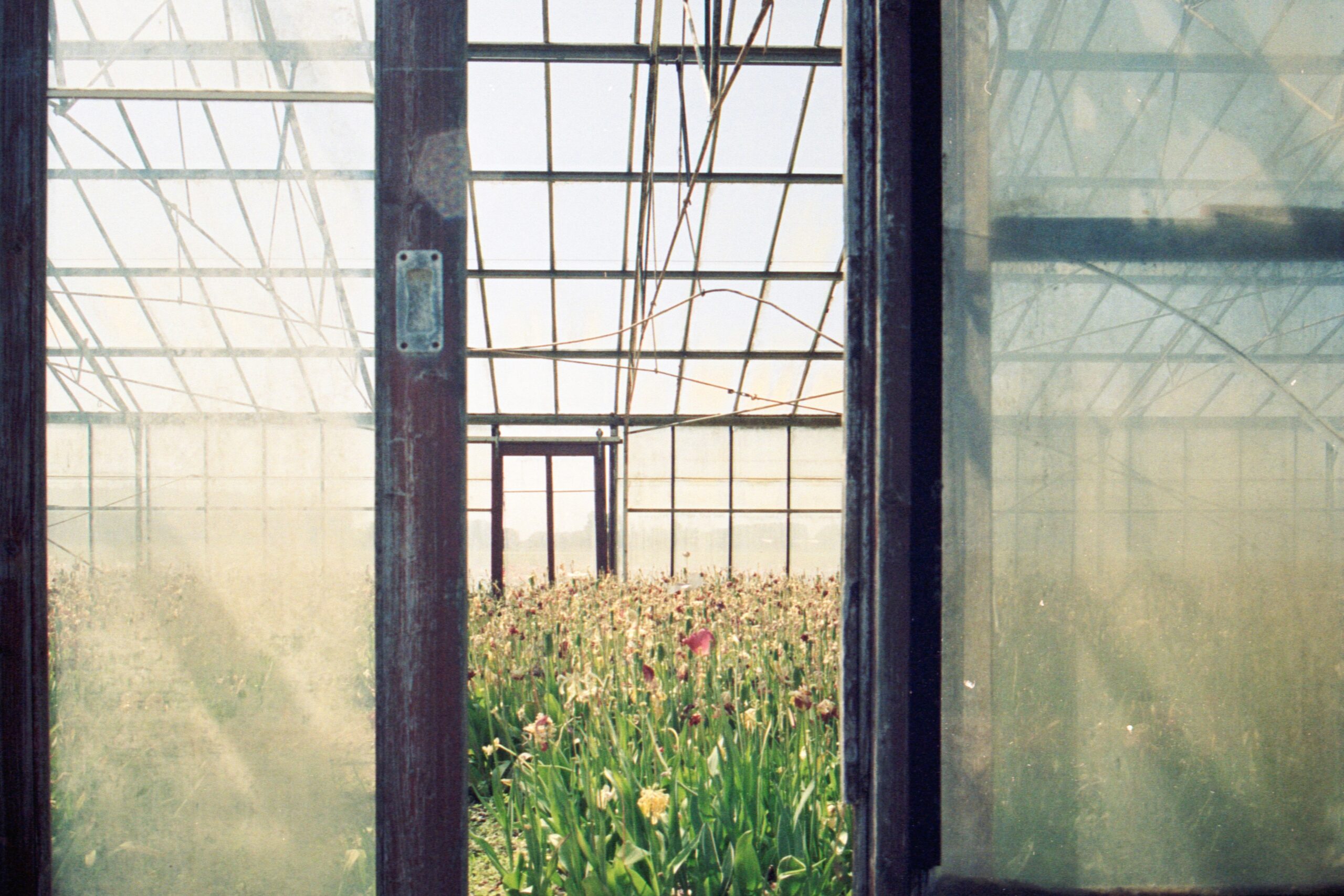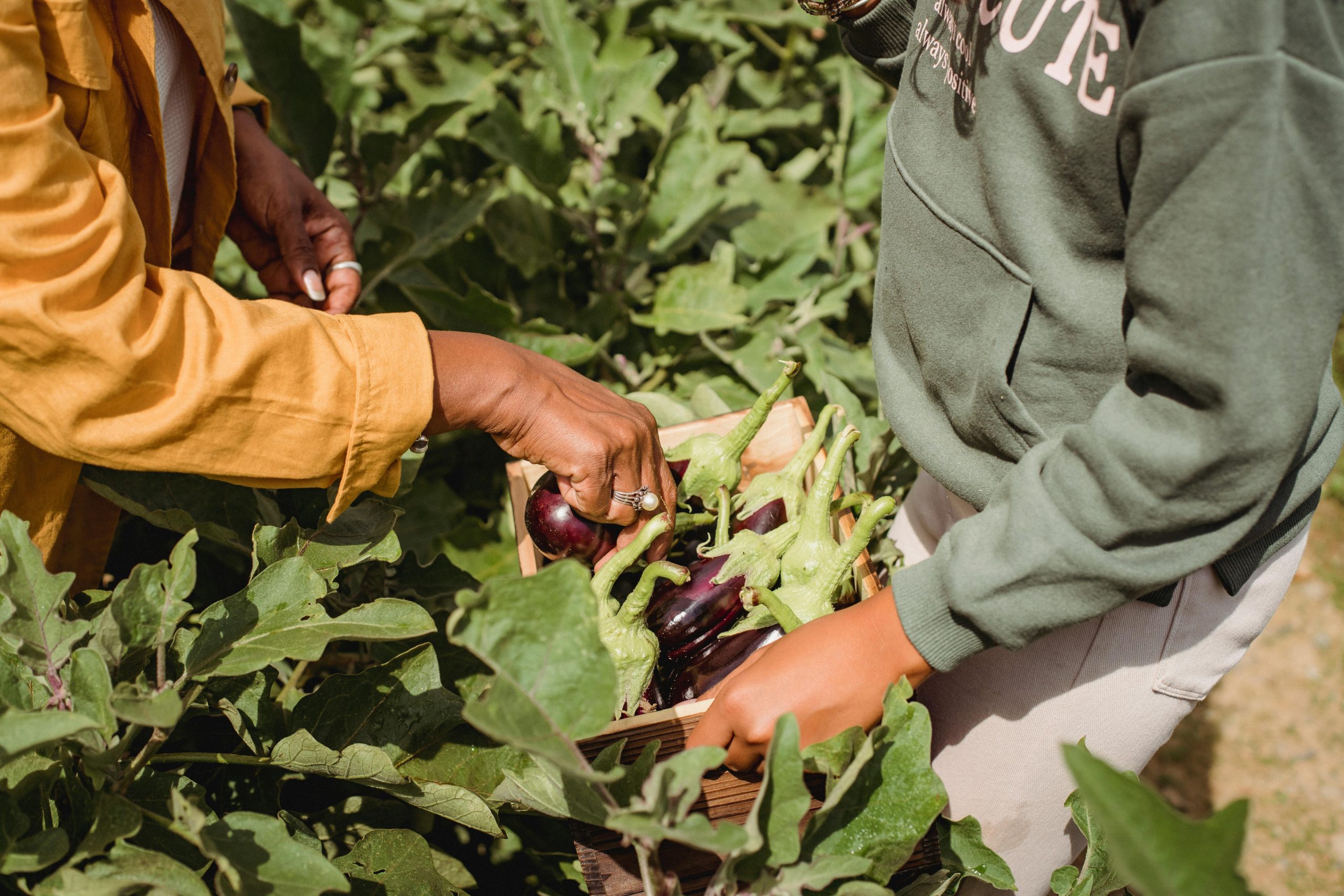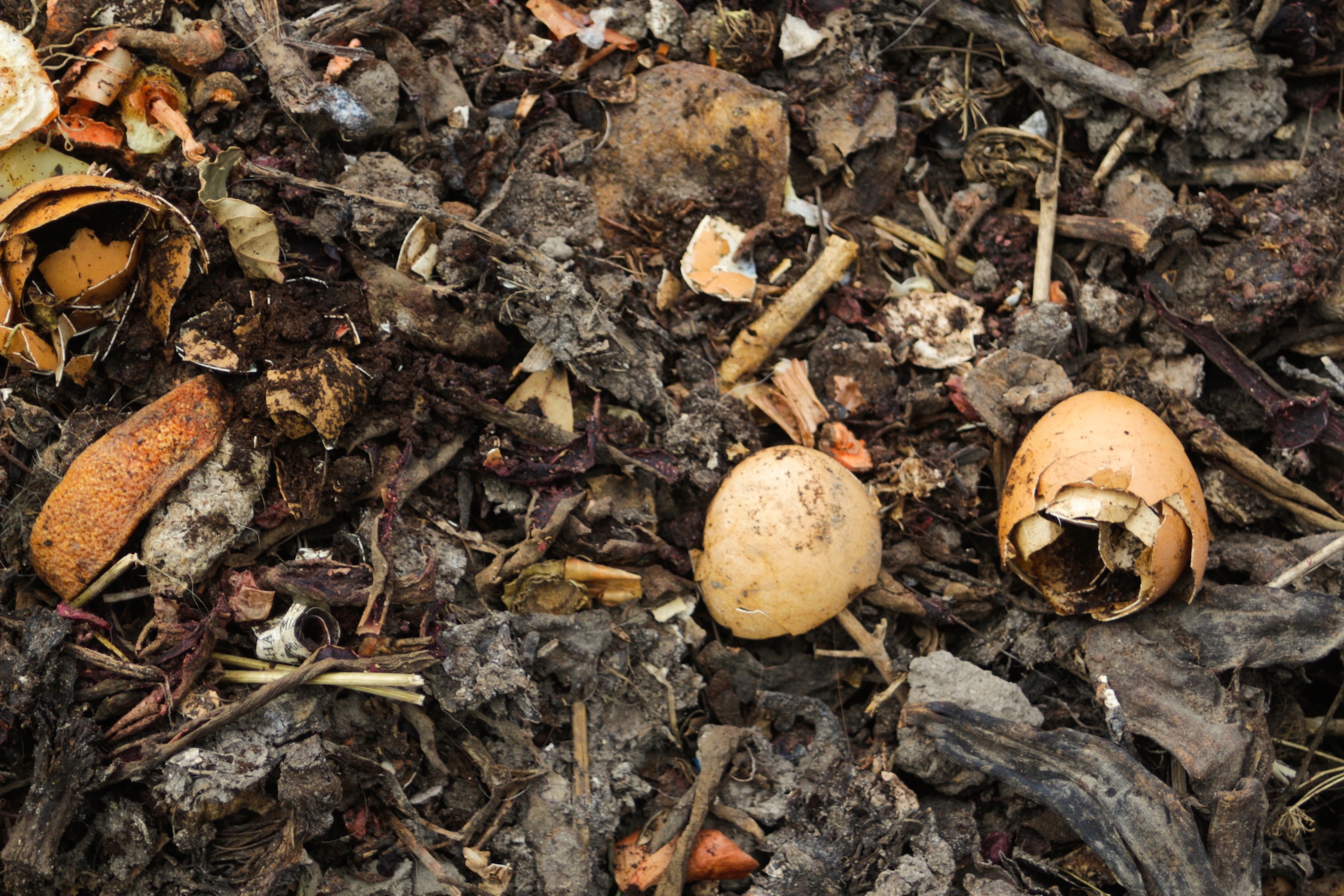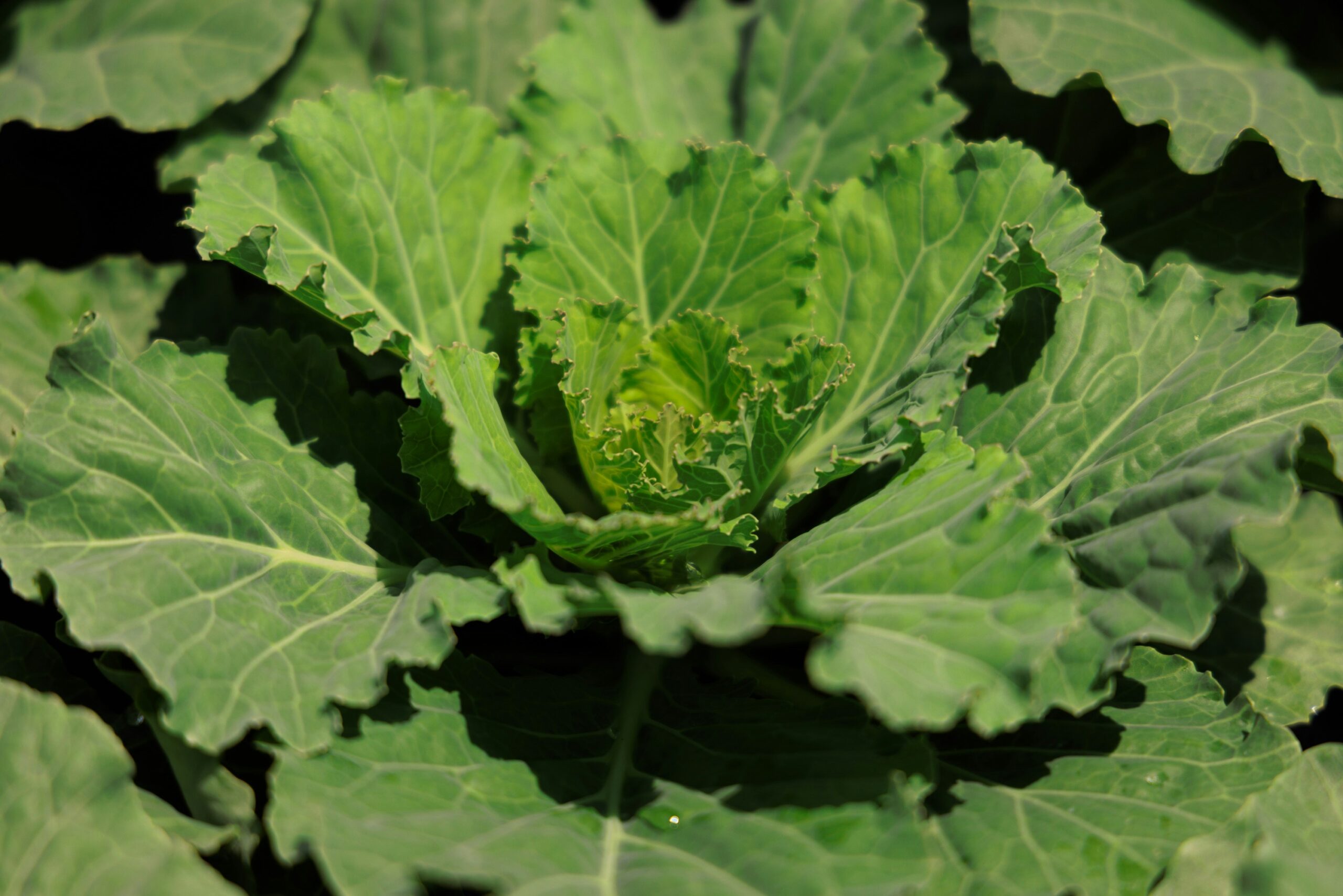At People, Food and Land Foundation, we are working to transform broken systems into living ones – where organic materials flow through nature’s cycles, where communities are nourished by what they create, and where policy and practice serve regeneration, not extraction.
This is the promise of the circular bioeconomy.
PFL’s work in composting, nutrient cycling, and regenerative planning and policy helps to reimagine “waste” as the resources that are the foundation for climate solutions, soil health, clean water, and circular economies rooted in place.





